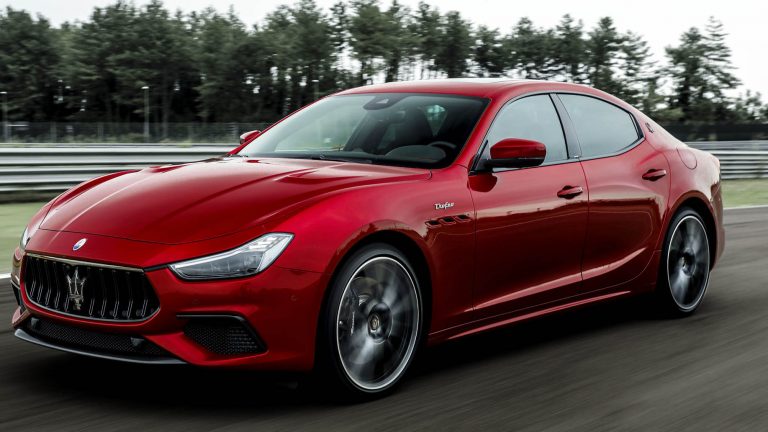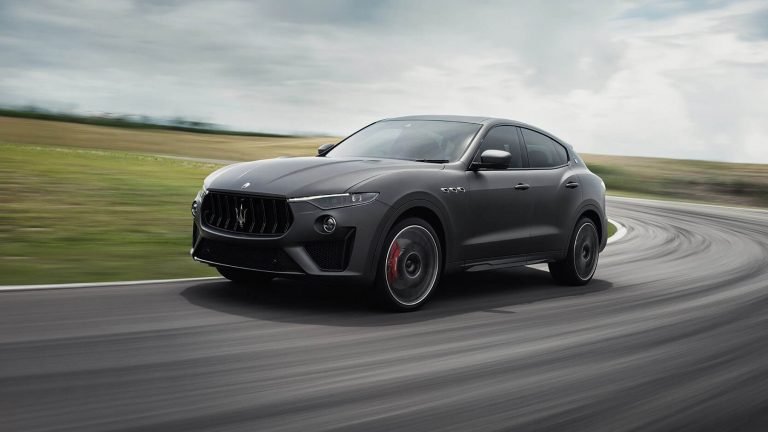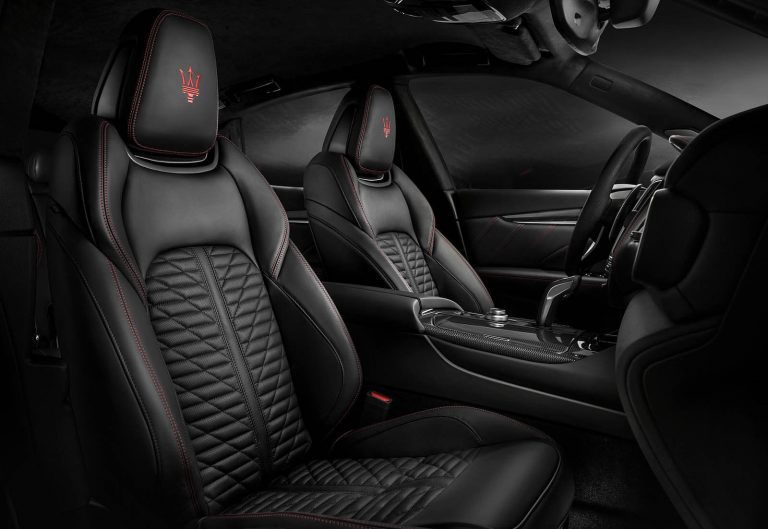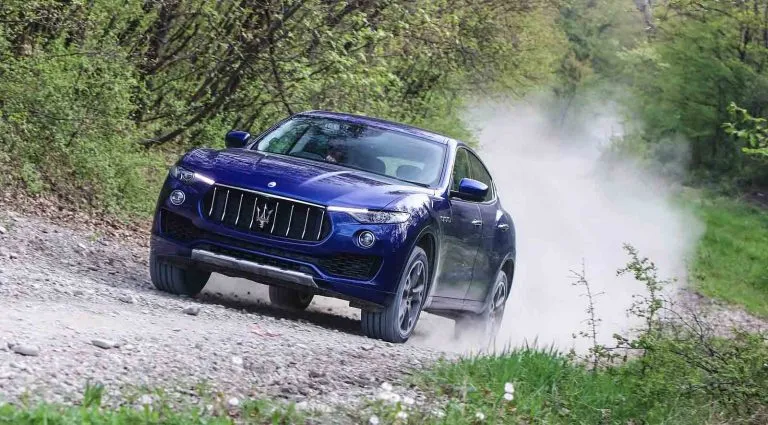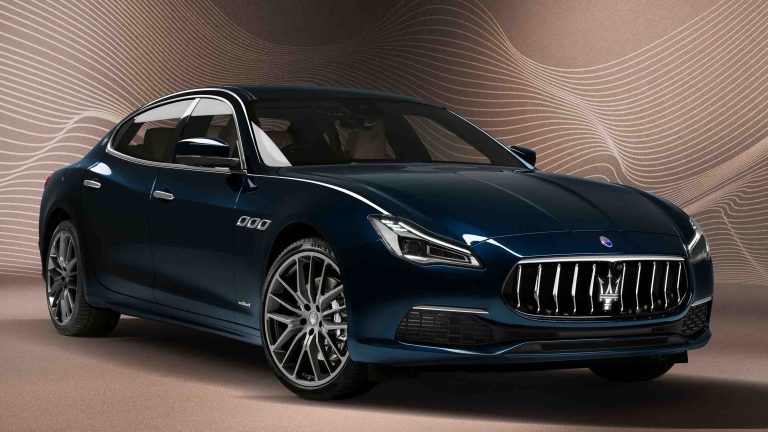Maserati Boomerang Review: Concept From The Future
Introducing the Maserati Boomerang
Automobiles have been around for more than a century and in that time have undergone a remarkable transformation. As technology continues to evolve, it also brings about changes in our understanding of what a car is. One thing that remained consistent throughout the evolution of the car is the pursuit of uniqueness. Carmakers have always sought to make their machines look desirable to the eyes. Sure, it might sound contradictory in today’s world. We may live in a time where almost every car on the road looks the same. Even expensive luxury cars and supercars have a very similar design philosophy. Yet, there was a time when cars aspired to be different.
Upon a closer look into the history of cars, you will start to notice the changes that have shaped up the modern automobile. One such car is the Maserati Boomerang. The name might throw you off, in fact, chances are you might not even have heard of the Maserati Boomerang. You might be wondering as to how an obscure car such as this can be important in the history of automobiles. The Maserati Boomerang was a culmination of an idea; an idea that aimed to rethink the boundaries of what cars are supposed to be and what they should look like. Let us dive further into the bizarre history of this stupendously stunning car and find out why it is important.
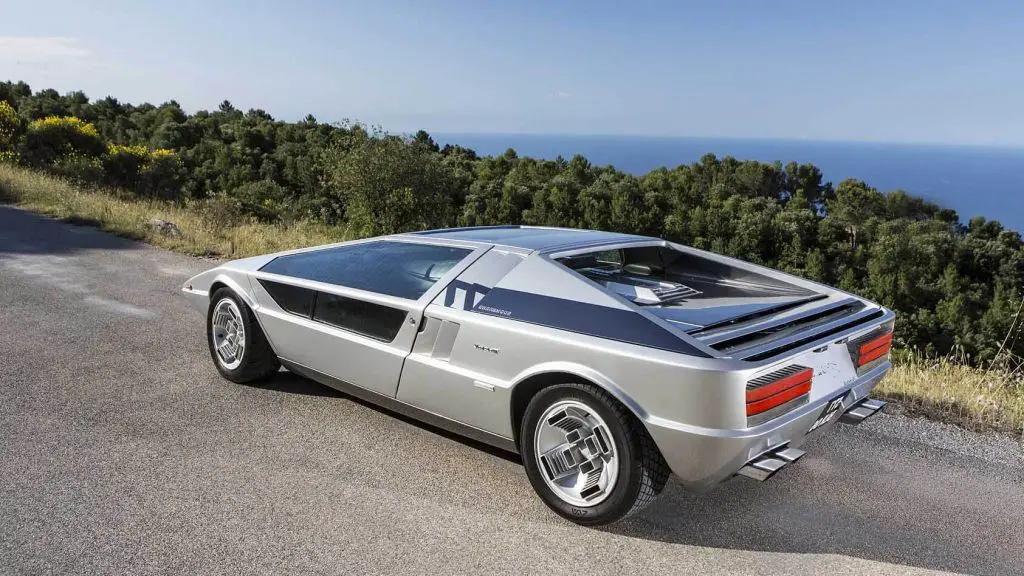
Ahead Of Its Time
The Maserati brand and the Trident emblem are icons of Italian car making. They have a legacy and a history in automobiles that brands simply cannot match. Being around for more than a hundred years their design philosophy has undergone some tremendous changes. The most significant of these changes came in the 1970s with the introduction of the Maserati Boomerang.
Introduced in the Turin Motor Show the 1971 Maserati Boomerang was a non-functioning model, the car made headlines almost instantaneously. It was a shock and awe moment. Before the launch of the Maserati Boomerang, no car ever made was that audacious. It was a remarkably well-designed car and at the time, lightyears ahead of the competition. The car was so well received that Maserati had managed to turn the one-off concept into a production vehicle and just one year later, at the Geneva Auto Show, the Maserati Bora was launched.
Precursor To The Maserati Bora
The Maserati Bora holds a significant place in the history of the company. It was the first car that broke the company’s reputation of making fast but technologically outdated machines. The Bora was the first Maserati to use a four-wheel independent suspension setup. The bora was a refreshing addition to the Maserati line-up. It was a car that was surprisingly civilian on the inside, yet had a very intimidating demeanor on the outside.
All of this stemmed from the Maserati Boomerang. The car’s sharp and acuminated design was just eye-catching. The design of the car was heralded as ground-breaking and it paved the way for supercars that were low, agile, and sharp. There was a ferocity about the Maserati Boomerang that people were drawn to. It became a precursor to one of Maserati’s most famous cars, the Bora. When the Boomerang was introduced at the Turin Motor Show it did not even have an engine or a running gear.
The One-Off Maserati Boomerang
Despite Maserati fulfilling the request by customers and motor journalists to turn the Boomerang into a production car. The Maserati Bora did not quite capture the attention of people, at least as much as the Maserati Boomerang did. The Boomerang’s stark and outward design was simply too good. To this day, in 2021, it still looks futuristic and simply spectacular, imagine what it would have looked like to viewers back in the early 1970s.
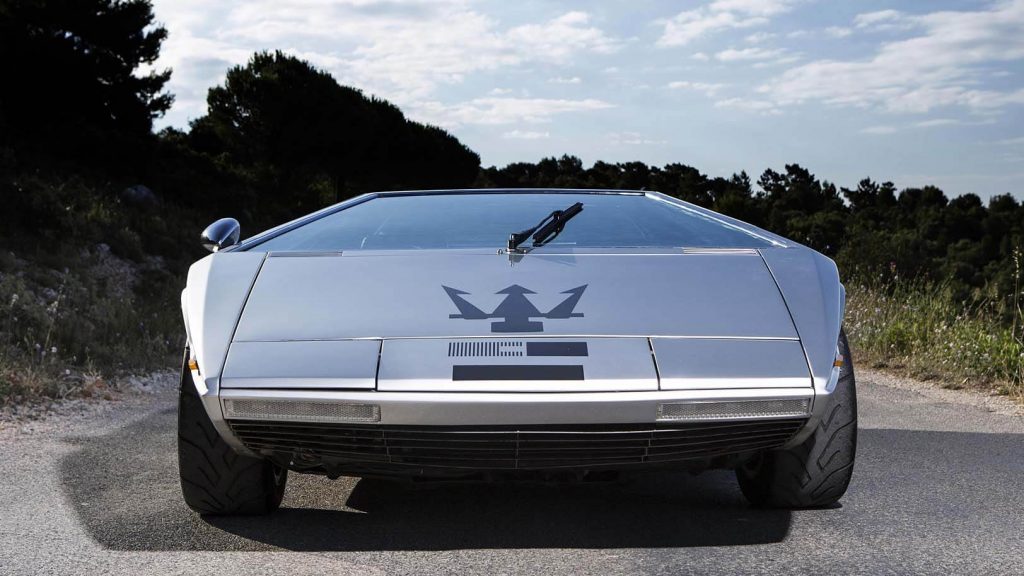
The fans, media, and almost everyone who had glanced at the Boomerang wanted a production model. Maserati did budge, but only slightly. They fit in a V8 engine and a running gear to bring the car to life but it was limited to a single piece. After retrofitting it, the car was showcased in dozens of auto shows over the years. Eventually, it was sold off to a private customer after the Barcelona Car Show in 1974. It did not resurface until 1990 when it made an appearance at the Bagatelle Concours in Paris. It made subsequent appearances in Italy and California. It looked like the car had undergone some restoration and had a new owner.
It went away from the public eye right after these appearances and did not see light till the new millennia. It came back in 2000 at the Monterey Historic Automobile Races and Pebble Beach’s 50th Anniversary. It was also seen in the “Best of Show” in Monte Carlo in 2021, the 2013 edition of the “Best of Show” in Belgium, and lastly at the Paris Motor Show in 2014. It made headlines in 2015 when it sold for a jaw-dropping $3.7 million at an auction at Bonhams in Chateau de Chantilly, France.
Maserati Power and Performance
To be fair, the 1971 Maserati Boomerang was not even going to be a production car. Yet, the lure behind wanting to see the car on the roads was so great that it was retrofitted with an engine and a transmission system to make sure it worked. Maserati did not hold back any punches with this machine. They slapped on a 4.7-liter V8 engine on the Boomerang. The engine used a DOHC design and had two valves per cylinder. It was also fitted with a five-speed manual transmission and was rear-wheel drive only.
It was expected to deliver 310 brake horsepower at a redline of 6000 rpm. The car was also one of the first Maserati vehicles to come with an independent suspension system. It had a rumored top speed of 174 mph, albeit there are no other performance specs that are available. Since the Maserati Boomerang was intended as a one off show car we highly doubt anyone tested the limits of the machine.
Giorgetto Guigiaro’s Design Language
Perhaps, the most unique aspect of the 1972 Maserati Boomerang was its design. The Maserati Boomerang was one car that stood out boldly. And it does so even today, after nearly half a century. The car was designed by the legendary Giorgetto Giugiaro of the ITALDesign Giugiaro house. A mastermind in his own right, Giorgetto is known for some of the most iconic cars of all time. Some of his works include the 1966 Maserati Ghibli, the Maserati Bora and Marek, and the evergreen DeLorean DMC 12. The latter has become a symbol of pop culture and you would be surprised to know that Giorgetto was the man behind the design.

The design of the DeLorean was borrowed from the Maserati Boomerang! The angular and jagged nature of the car is because it was drawn completely using rulers. Up to this point, cars were never drawn using entirely rulers. The introduction of the Boomerang marked the introduction of sharp lines and edges in car design. The iconic wedge-like design of the Boomerang became Giorgetto’s trademark. In 1999 he was recognized as the car designer of the century, essentially cementing his legacy as perhaps the greatest automobile designer in existence.
The astonishing design of the Boomerang laid the foundation of some of the 20th century’s most popular cars such as the Lamborghini Countach and the Lotus Esprit. It inspired supercars to be bold and to embrace the low and angled design. The Boomerang is one of the most unique cars in existence and its influence on modern cars is undeniable. Its design was so groundbreaking at the time that till today the car looks like something straight out of a science-fiction movie.
Futuristic Maserati Boomerang Interior
If there was anything that could top the cars visionary design, it was the Maserati Boomerang interior. The steering wheel protruded from the car and it housed the steering column, as well as the gauges. The swivel and movement of the steering were around the gauges and the switchgear. Even at the time, it seemed ridiculously different, steering that moved around the dash? Unheard of. Yet, its quirk only increased its futuristic appeal. At the time the car was one of the first to feature a swooping dashboard. It also features more laid-back seats adding to the flair of the car.
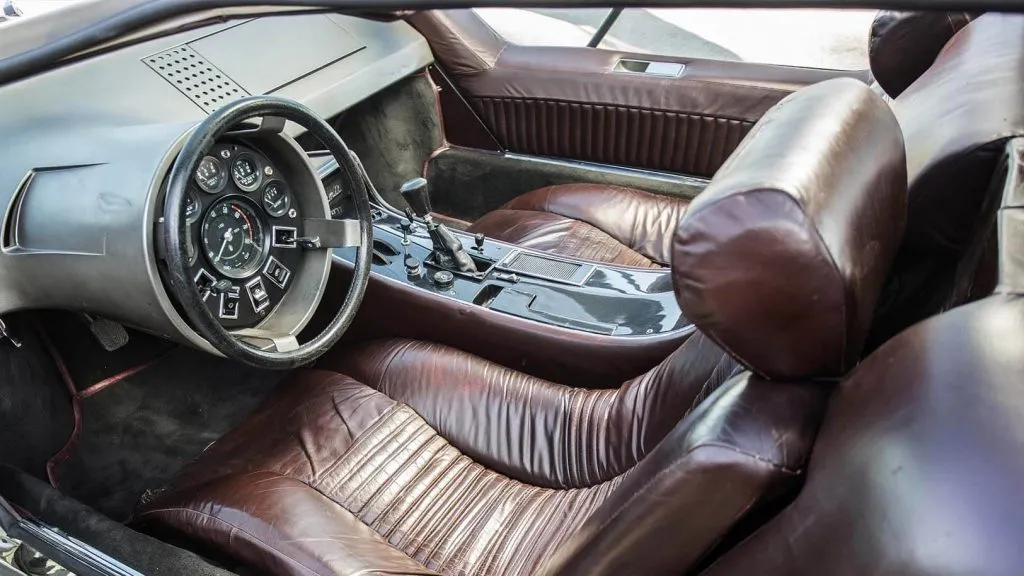
Since its debut, a lot of cosmetic and internal modifications have been made. Some electronics have been added to ensure that after almost 50 years from its unveiling, it can still run on roads.
A Whopping Price Tag and Why It’s Iconic, Even After 50 Years?
Being a one-of-one model, it is natural for a car of 1972 Maserati Boomerang’s stature to attract a host of admirers, rich ones at that. After its debut, it was showcased in a lot of auto shows and eventually was brought in the mid-70s. Till the 90s it remained obscure and was not seen till it resurfaced again in the 90s where it was showcased at another car show and where the designer, Giorgetto Giugiaro signed the back of the car. After some changing of hands, cosmetic touch-ups, and the occasional appearance, the Boomerang sold for a neat $3.7 Million in 2015.
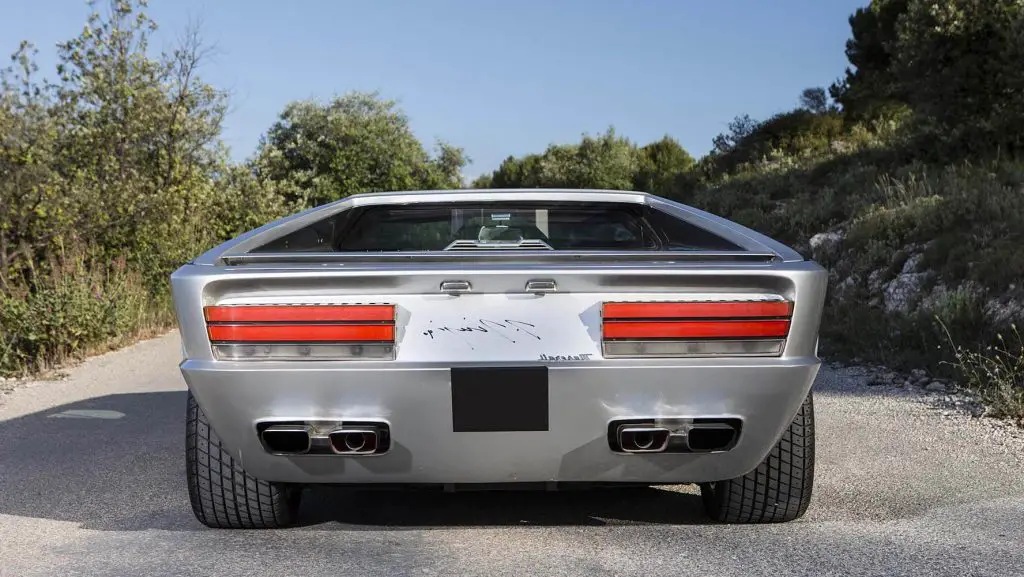
The sale of the car verified one thing, the Maserati Boomerang is an iconic machine. It is a reminder of how people in the yesteryears viewed the future of cars to be. Its design is so eye-catching and so devastatingly gorgeous that it gets burned into memory. A car like the 1972 Maserati Boomerang comes once in a lifetime and Maserati has made sure that is indeed the case.


